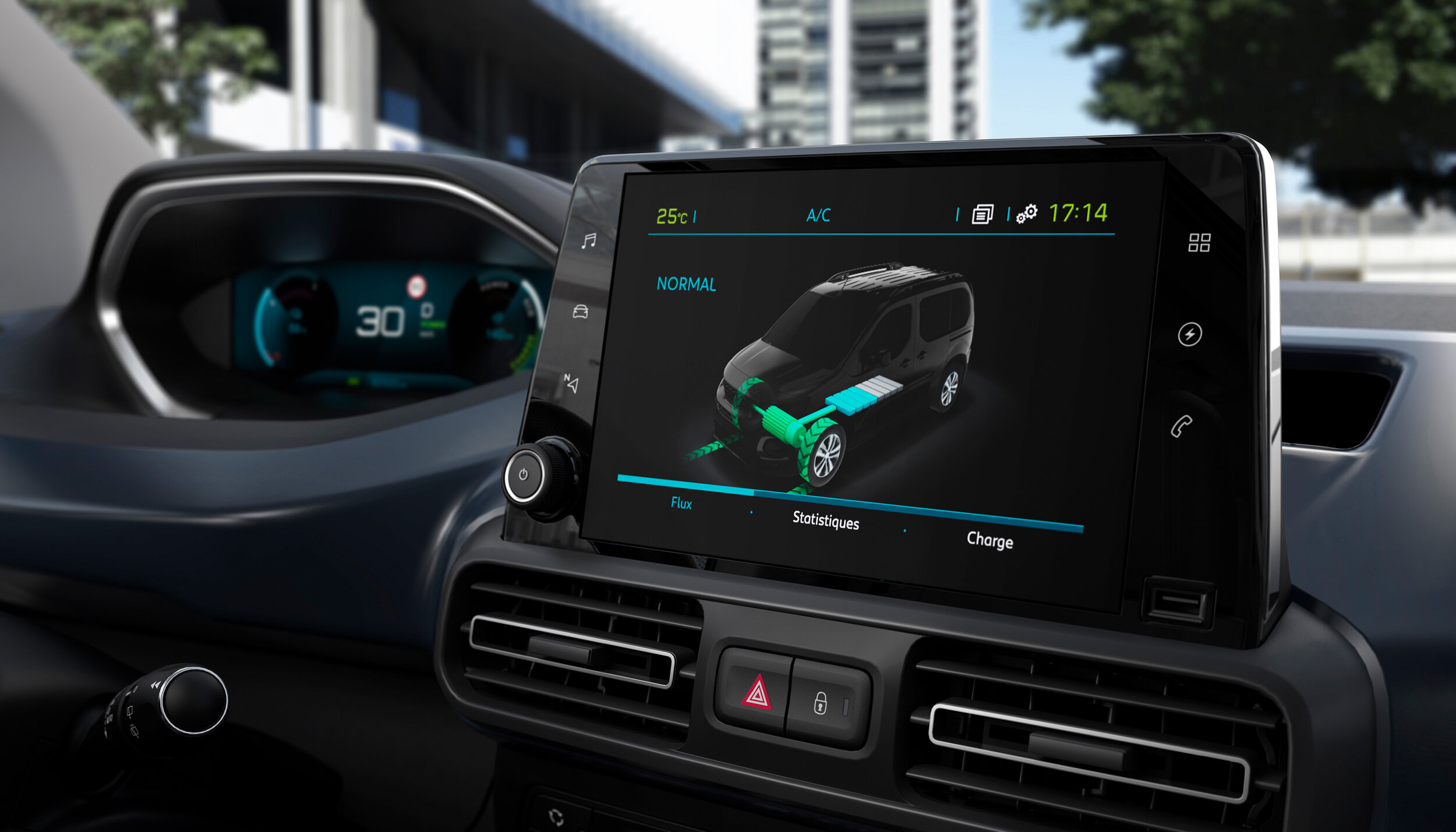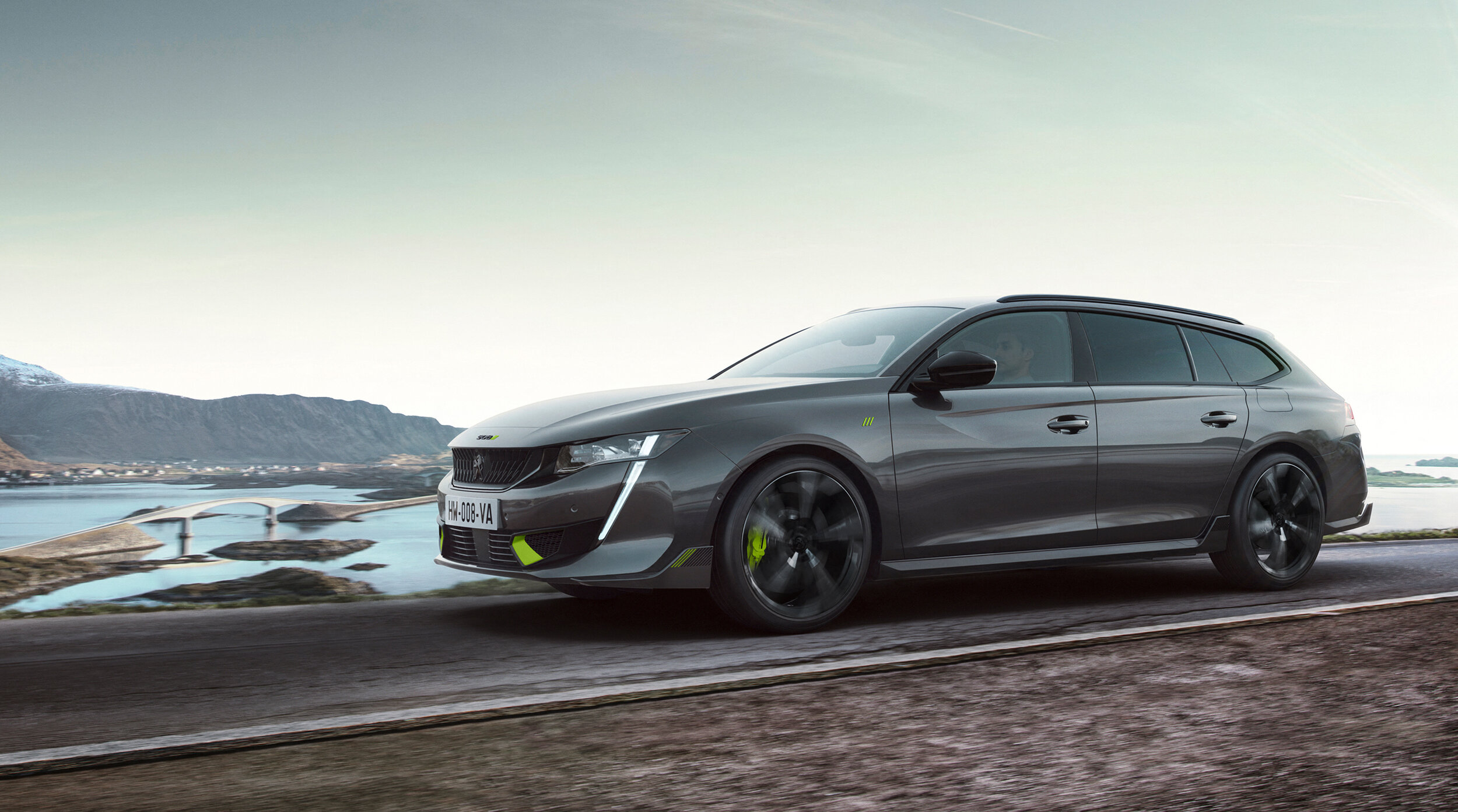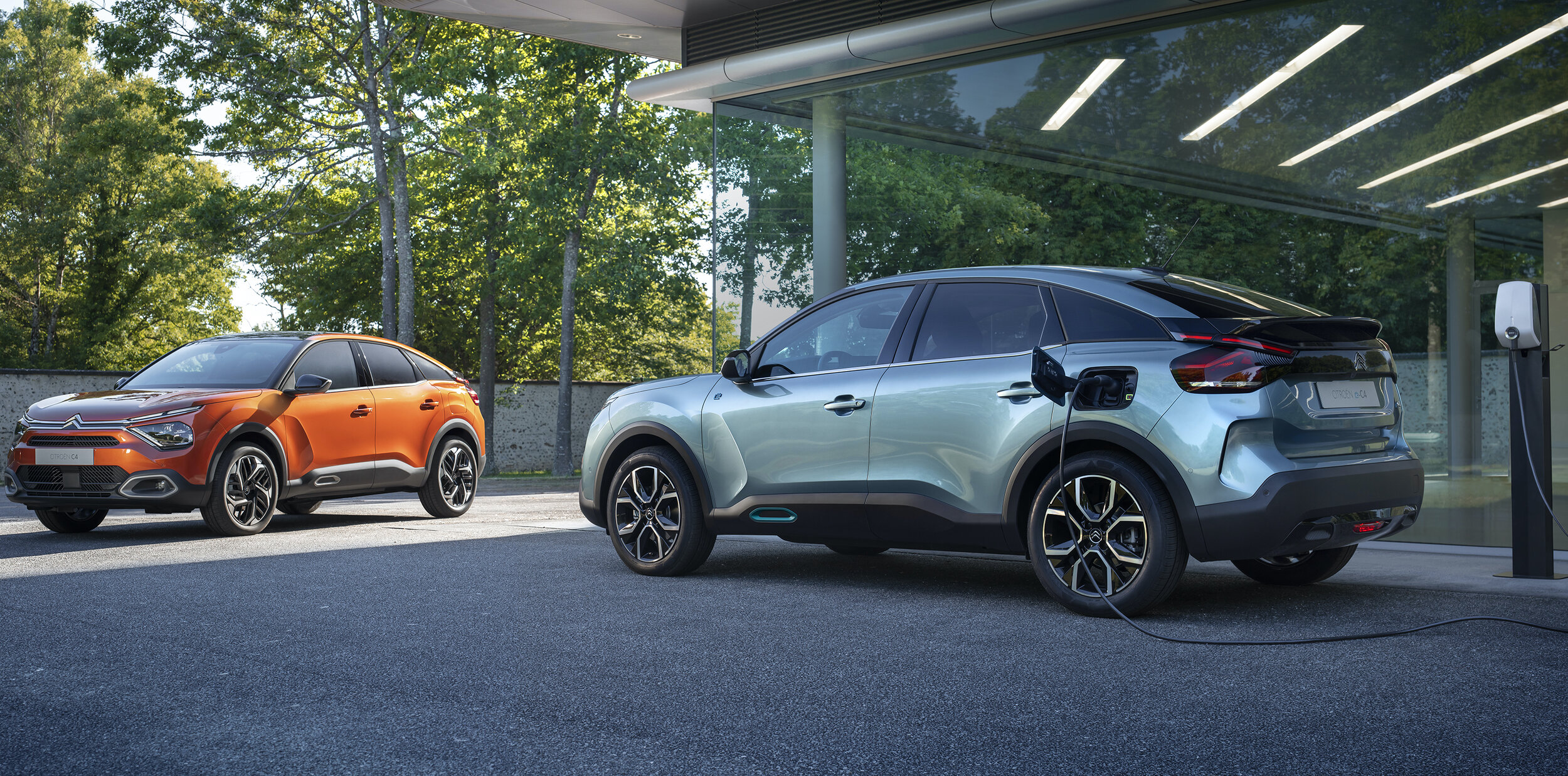Compass reading for NZ unknown
/Jeep has revealed the replacement for a medium light duties’ sports utility divested here in previous form.
Read MoreJeep has revealed the replacement for a medium light duties’ sports utility divested here in previous form.
Read MoreNext Chinese brand to hit here has kicked in aggressively across the Tasman. Will the same ploy play out here?
Read MorePeugeot’s petite electric sports utility achieves new smarts.
Read MoreA newer version of the new-to-NZ electric Opel Mokka will arrive after June next year.
Read MoreOpel appears to be undertaking a design update for the newly-arrived Corsa.
Read MoreArrival of PHEV C5 Aircross times with interesting news from France.
Read MoreFactory announces battery upgrade to improve range, charging
Read MoreCrossover kicking in with stronger spec, lower price than Peugeot blood brother.
Read More
THE first to wear Peugeot’s new logo – and pretty much everything behind that fresh ‘coat of arms’ moniker is fresh, as well.
So it goes for the next-generation 308 hatchback, revealed internationally today and set to land in early 2022, a timing that might well synch neatly with the distributor opening a smart new flagship dealership.
The latest car won‘t seem like a wholly new start, in that it carries over much of the silhouette of the outgoing model - the same chunky, snub-nose and retaining a deep c-pillar; however the detailing is very different.
Still, the aerodynamic efficiency has improved, cutting drag to 0.28Cd, body stiffness has been boosted by using aircraft-style adhesive in key areas and the chassis, though a variation of the current car’s EMP2 platform, has been significantly upgraded. The wheelbase is 55mm longer, which should free up more rear seat space, and total length has gone up by 110mm. The car also sits 20mm lower to the road.
The 308 launches with three versions of the familiar 1.2-litre PureTech three-cylinder turbo petrol engine, in 82kW and 97kW forms, with an eight-speed automatic gearbox, but will also deliver in electrified versions too - a pair of plug-in hybrids, using the 1.6-litre turbo PureTech four-cylinder petrol engine, combined with an 81kW electric motor and a 12.4kWh battery.
The powerhouse version of that line makes 168kW, with CO2 emissions of 26 grams per kilometre, and an electric range of 59km. Peugeot also does a 132kW version, with CO2 emissions of 25g/km and an electric range of 60km.
There’s talk a high-performance 308 Peugeot Sport Engineered will come along in due course, powered by a 220kW, all-wheel-drive version of the PHEV system.
PHEV versions have an optional 7.4kW charging system which will allow them to be fully charged in one hour and 50 minutes (or just under four hours with the standard 3.7kW charging system).
In Europe Peugeot will offer PHEV buyers membership of the Peugeot Easy-Charge system which will include access to 220,000 public charging points. The PHEV 308s' batteries will be warrantied for eight years or 160,000km.
A new Drive Assist 2.0 pack includes adaptive cruise control with Stop and Go function – just with the auto, but it’s very likely that will be the sole transmission choice here - and a lane keeping aid. There's also a new function, which suggests the best moments to change lanes to overtake slower moving traffic. A system that adjusts the cruise control speed if a corner is coming up also debuts.
High-set instruments and a small, low-set wheel … yup, that i-Cockpit seems set to stay. Upmarket editions have a fully-digital '3D' ten-inch screen for the instrument panel, while the central touchscreen is also 10 inches across. This now comes with two separate control areas, aside from the main screen, one showing a panel of "fully configurable virtual i-toggles" - a series of touchscreen buttons of which you can decide the layout and functions.
Wireless phone connectivity for Apple CarPlay and screen mirroring is standard. A 10-speaker Focal sound system, eight-colour ambient LED lighting, and a selection of USB ports also feature. There's over-the-air software updates and also a 'Hello, Peugeot' digital voice assistant.
Front seat occupants achieve 10-way power-adjustable massaging chairs, trimmed in Alcantara and leather with contrast stitching. There's also a new air filtration system, which prevents airborne pollutants from entering the cabin.
The auto’s gear selector is a toggle-type and there’s a button for selecting Electric, Hybrid, Eco, Normal and Sport modes, depending upon which engine you've chosen.
Four hundred and 12 litres of boot space is availed with the rear seats up, an eight litre reduction on the current car, expanding to 1323 litres with the second row folded. An additional 34 litres of storage space can be utilised through small compartments spread around the cabin
Styling-wise, the 308 gets the deep, concave grille, slim headlights, and 'fang' LED daytime running lights from the recently-facelifted 3008 and 5008 crossovers. At the back, it has slim-fit brake lights with a connecting light bar running across the boot lid. The new badge, set into the centre of the grille, is designed so that the radar unit for the active cruise control can now sit behind it.
The new model’s entry could coincide with the opening of a three-storey Peugeot Citroen supersite the Armstrong motor group will build in Greenlane, Auckland. It will also be one of the first premises in the world to feature the new Peugeot brand identity.
Armstrong’s managing director Rick Armstrong, whose Autodistributors’ NZ holds national distribution rights to PSA brands, says the building is a sign of the group’s commitment to the Peugeot and Citroen marques and is an indicator of what it believes is the huge future growth opportunity for the two brands.

AN electric passenger version of a Peugeot van just unveiled for the United Kingdom is not being discounted by the New Zealand distributor, but right now it has a lower priority than product already signed up.
Arek Zywot, commercial manager for Peugeot rights holder AutodistributorsNZ, says the e-Rifter, which can carry up to seven passengers over 273 kilometres on battery power, is certainly of interest, though it still needs to be convinced it would achieve requisite public support.
On top of this, there’s also a commitment to stay true to a Peugeot electric vehicle release strategy that first of all prioritises pure passenger models and then shifts attention to full scale commercials which rely in battery impetus.

That rollout is expected to begin in the third quarter of this year with arrival of the e-2008, a version of the make’s popular compact sports utility with a 50kWh battery feeding an electric motor creating its 101kW and maximum possible 300Nm of torque, that will sit with the three 1.2-litre petrol derivatives already here. Price and specification has yet to be announced.
Ultimately, Autodistributors NZ will then look to the commercial vehicles options, potentially including the Partner van from which e-Rifter derives, Zywot has explained. So, anything with e-Rifter would be left until those programmes were established.
That’s not saying the model isn’t being ignored.
“We never say no to a product like that, however at this stage we are not considering it in the foreseeable future.”

Whether the derivative would even be available to NZ at the moment has not been explored, but he reminded that at the moment Peugeot is prioritising its EV production to sustain demand in Europe, where brands have ramped up electric effort in order to offset the impact of the now-enacted tough European Union CO2 mandate. Brands whose fleet average exceeds the EU’s 95 grams per kilometre target face stiff fines.
“At the moment Europe is trying to meet the emissions target, and that takes priority.”
On top of this, there’s still a degree of concern that actual NZ uptake for a vehicle of this type would not be strong enough to warrant having it here.
“Demand in NZ right now doesn’t show there is a big interest for vehicles like that at this stage.” That might change, of course. “Once the market proves there is a demand then we would definitely look at it.”
Even though e-Rifter potentially positions as primarily for private owner interest, being van-based it still rates as commercial vehicle and on that side “we are more focused at the moment on the commercial variants than those in a passenger configuration.”

Based the EMP2 platform developed by PSA, which is now a partner in the new Stellantis family, the e-Rifter runs with three driving modes - ‘eco’, ‘normal’ and ‘power’. Each mode changes the amount of battery power available, switching between performance and maximising range.
As standard, the e-Rifter is fitted with 7.4kW single-phase charging compatibility, with an optional 11kW on-board charger offered too. At home, from a 7.4kW wallbox, a recharge will take 7.5 hours and can be managed by a charging app, allowing owners to schedule recharges for off-peak hours. At the roadside, 100kW DC charging is supported, meaning that a 0-80 percent charge can be completed in 30 minutes.
Inside, an eight-inch central touchscreen and Peugeot’s i-Cockpit infotainment system come as standard along with Apple CarPlay and Android Auto compatibility.
There’s a choice of ‘Standard’ or ‘Long’ variants, changing the length of the e-Rifter between 4.4 metres and 4.75m. Both offer five and seven-seat options and boot space ranges from 775 litres to 4000 litres. Unbraked towing capacity stands at a quoted 750kg.


‘PERFORMANCE-tuned sleek Euro with electrifying edge’ – a descriptive ticking these many boxes is bound to win a lot of attention.
So good news is that the rights holder to Peugeot in New Zealand is striving to get the latest hot ticket item from France out here.
In comment relating to the announcement of the 508 PSE, Auto Distributors’ NZ commercial manager Arek Zywot says: “ADNZ is working closely with PSA to bring the 508 PSE to NZ, more details yet to be announced at the beginning of next year.”
A car that broke cover at the weekend is a special treat by Peugeot to itself, developed to mark the launch of the make’s new Sport Engineered division.

In staying wholly in tune with these changing times, PSA’s premier player has ignored slotting in a petrol-hungry V6, the choice it might have taken a few years back, and instead gone for a performance plug-in hybrid set-up.
The powertrain comprises a turbocharged 1.6-litre four-cylinder petrol engine and an electric motor mounted on each axle. The system generates a combined output of 263kW and 520Nm of torque – making it the most powerful powertrain Peugeot has ever fitted to a production vehicle.
Peugeot says the car will dispatch the 0–100kmh sprint in 5.2 seconds, before reaching an electronically limited top speed of 250km. Thanks to the instant torque from the electric motors, the car’s claimed in-gear acceleration is spectacular. For instance, it’ll nail 80kmh to 120kmh in three seconds flat. Hold onto those berets, right!
The 508 PHEV’s 11.5kWh battery pack provides a maximum pure-electric range of 42km, while recharging from a domestic wallbox charger will top up the battery in less than two hours. What’s more, with a full charge, the powertrain will deliver a claimed WLTP fuel economy figure of 59 km per litre and generate just 46g/km of CO2.
To support the extra power, Peugeot has fitted the 508 with quite a number of chassis tweaks, including new adjustable dampers, a widened track and larger diameter front brakes with fixed four-piston calipers. It has 20-inch alloy wheels shod in Michelin Pilot Sport 4S tyres.
There’s some restyling, too, with an aggressive front bumper, a gloss black rear diffuser, a new radiator grille and twin exhausts. Naturally, it achieves “Sport Engineered” badges and there are three unique paint finishes.
The interior makeover includes sports seats clad in Alcantara and leather upholstery and the 12.3-inch digital instrument cluster and 10-inch infotainment system have Sport Engineered displays.

TOTALLY electric and a petrol powertrain for those who aren’t ready to plunge into a fully battery-propelled motoring future.
That’s the proposed strategy Citroen’s New Zealand importer, Auto Distributors, hopes to realise with the new-generation C4, revealed internationally this week.
The national potential for a model that has now fully released from a hatchback styling to embrace a crossover look previously limited to the offshoot C4 Cactus is for it to primarily deliver as Citroen’s breakthrough into the electric vehicle sphere, following a similar model from sister brand Peugeot, also with the same national distributor.
“One of the strengths of new C4 is choice of powertrain and we would like to provide options to Citroen customers, rather than limit them,” explains Auto Distributors’ commercial manager, Arek Zywot in explaining interest in the new e-C4.
“We do not know specific launch date as yet, although we are aiming to have it here by the end of quarter two (of) 2021.
“We are looking at two possible drivetrains: EV and petrol automatic.”
He’s comfortable with the styling direction cementing with a crossover aspect that, though more rakish and less ‘other worldly’ than the C4 Cactus look thanks to Citroen adopting a fastback roofline, nonetheless stays true to existing fundamentals.
“C4 is a continuation of a model that is replacing C4 Cactus and many of the design elements have transferred to the new model.”

C4 is, of course, based on the same underpinnings as the latest Peugeot 208 and 2008, also earmarked for NZ introduction and the drivetrains are identical. Just one petrol engine is expected, a 1.2-litre in three stages of tune: 74kW, 95kW and 114kW, operating through an eight-speed automatic gearbox and driving the front wheels. The e-C4 is expected to make use of a 50kWh lithium battery that will power an electric motor, developing around 100kW, on the front axle. The same powertrain in the e-2008 delivers a range of 320km, albeit when measured on the fabulously optimistic Worldwide Harmonised Light Vehicles Test Procedure.
All models will have the firm’s new progressive hydraulic suspension set-up, according to overseas’ reports. The car’s springs and shock absorbers work with hydraulic compression and rebound stops, which are designed to gradually slow body movement over bumps and potholes.
The progression to a crossover look is in response to hatch desirability having been undermined by the sports utility boom, Citroen acknowledges.
Citroen’s CEO Vincent Cobee says it’s all about finding the “proper balance between affordability, versatility and comfort, better access, and better visibility, as there’s probably also a need for more spice in the style.”
The electric and orthodox cars are identical in overall look and styling cues from the larger C5 Aircross are evident, but it also plucks from past Citroens. The shape of the third side window links to some of Citroen's earlier family cars, such as the GS, introduced in 1970.

The one detail to differentiate an e-C4 from the oil-reliant type is that the former has blue-lit badge surrounds.
The cabin is seen as a gentle redesign of what we can see in the current C4 Cactus, but with a new digital dashboard and instrument binnacle and a redesigned centre console.
Citroen says its has put a major focus on comfort when designing every part of the cabin, including the seats and the dashboard.
The electric-read CMP platform has become a vital attraction to Fiat Chrysler Automobiles, which is in the process of merging with Peugeot-Citroen parent PSA. It's one of two architectures that will underpin over two thirds of the merged group's combined annual production. It’s thought the Alfa Romeo Tonale crossover will be built on this underpinning.

MotoringNZ reviews new cars and keeps readers up-to-date with the latest developments on the auto industry. All the major brands are represented. The site is owned and edited by New Zealand motoring journalist Richard Bosselman.